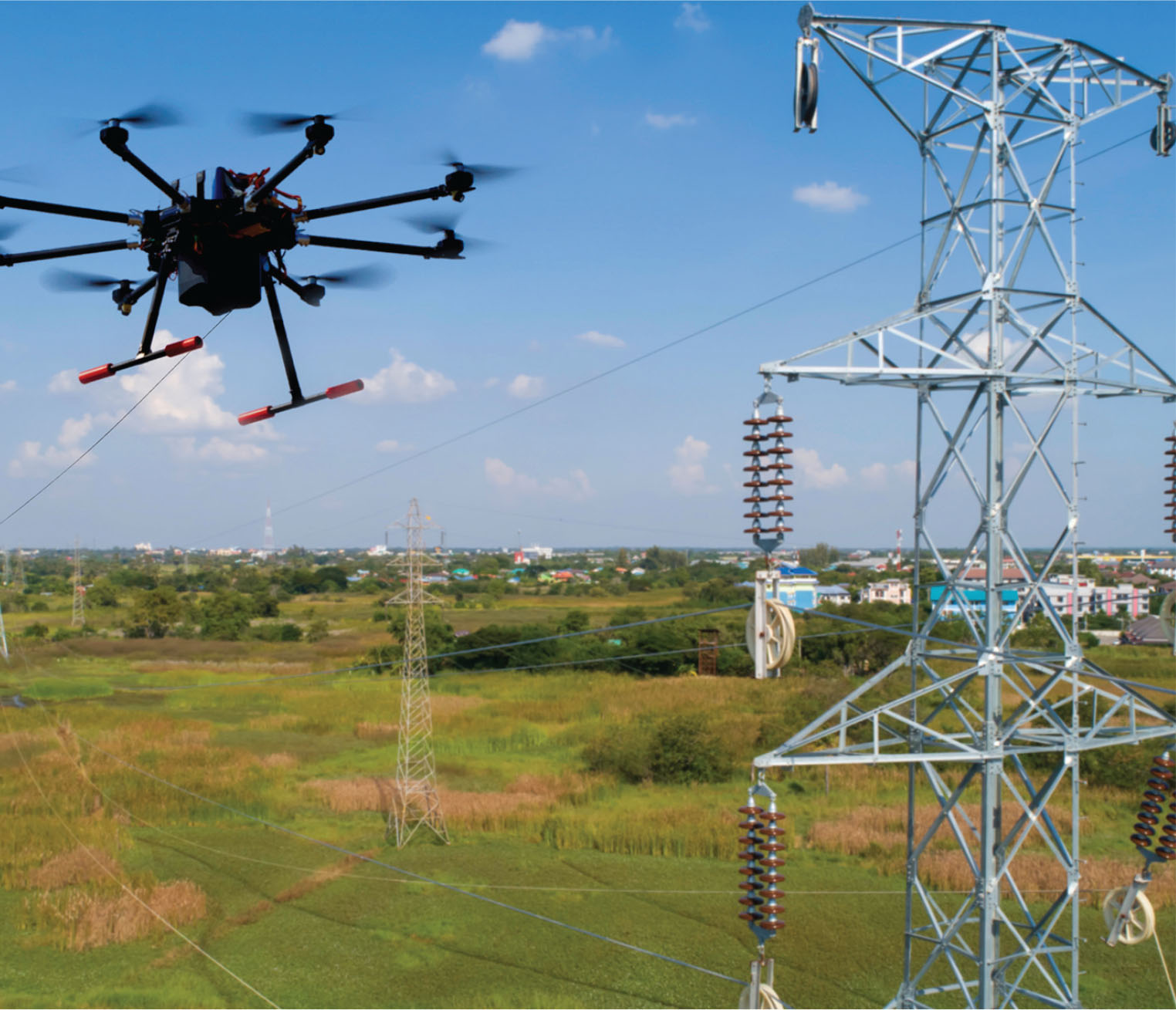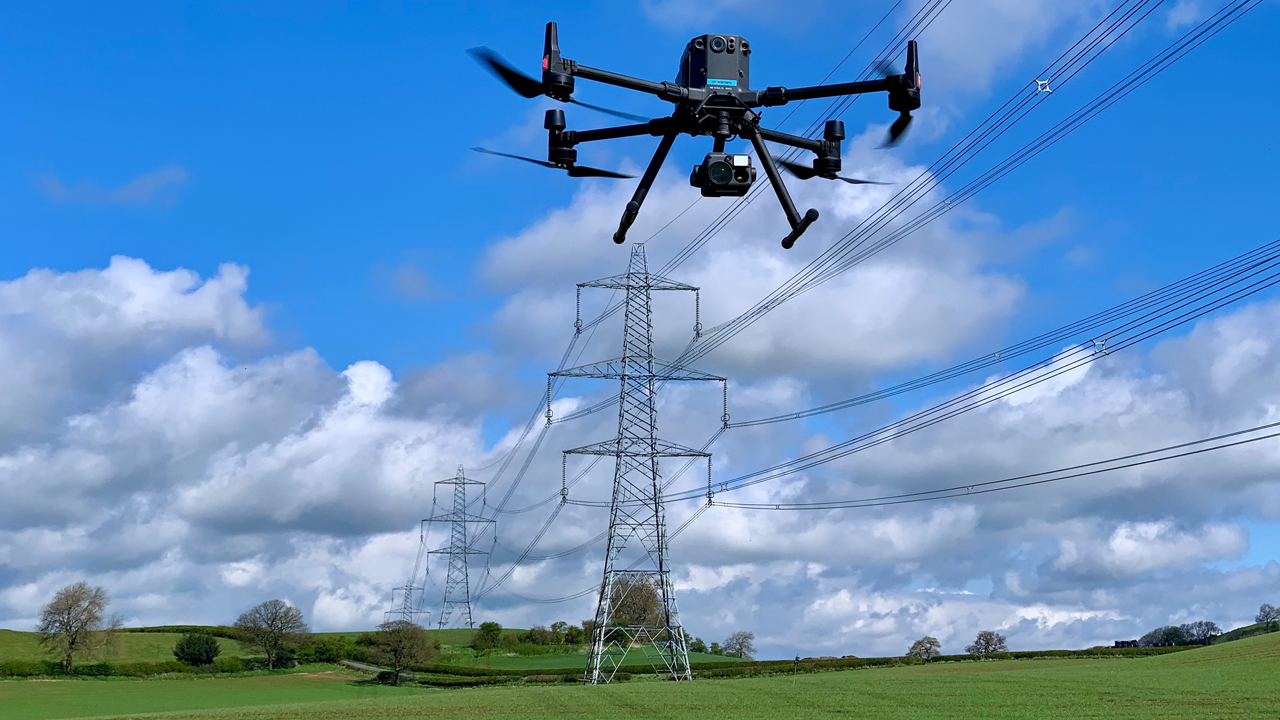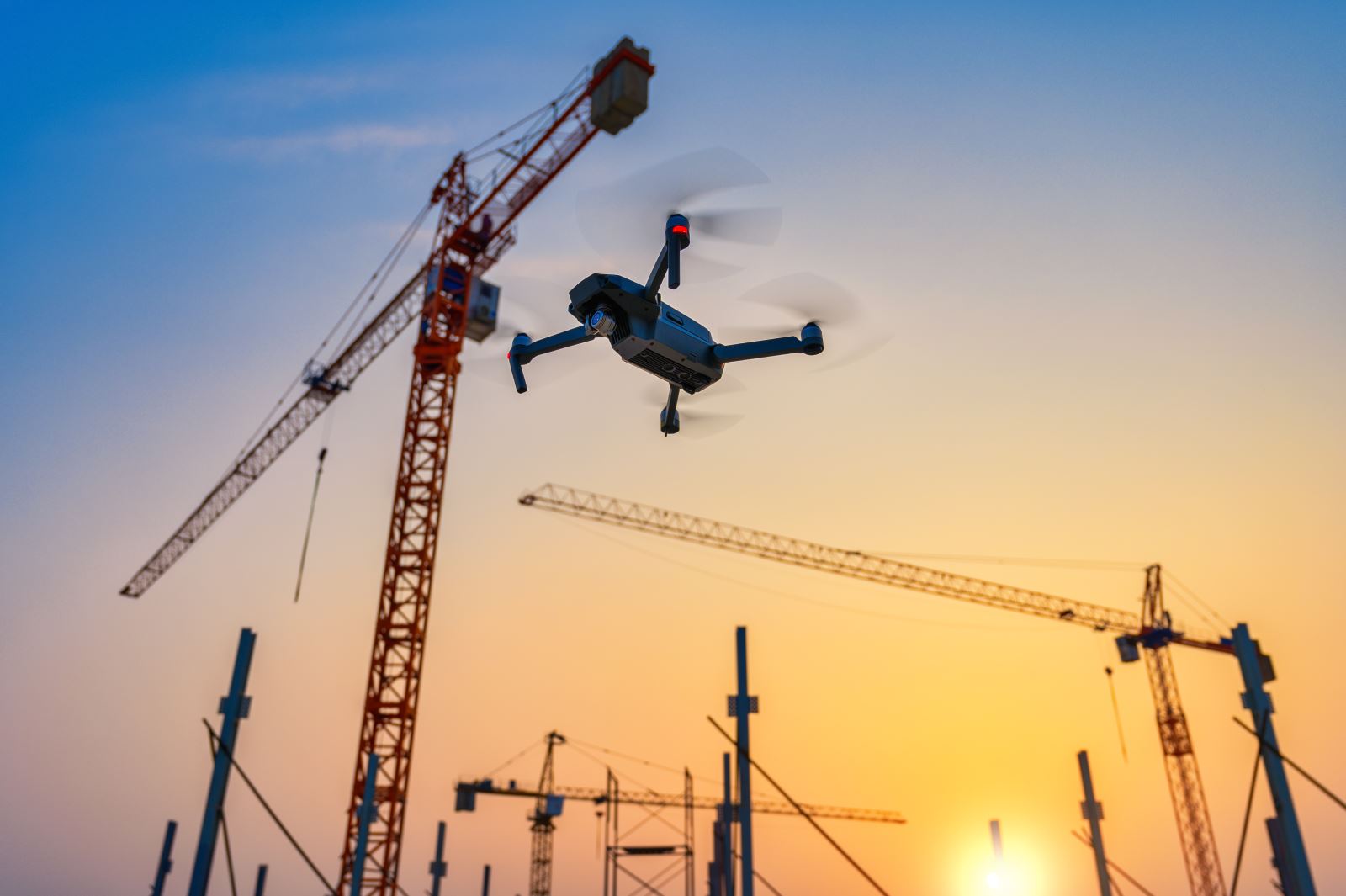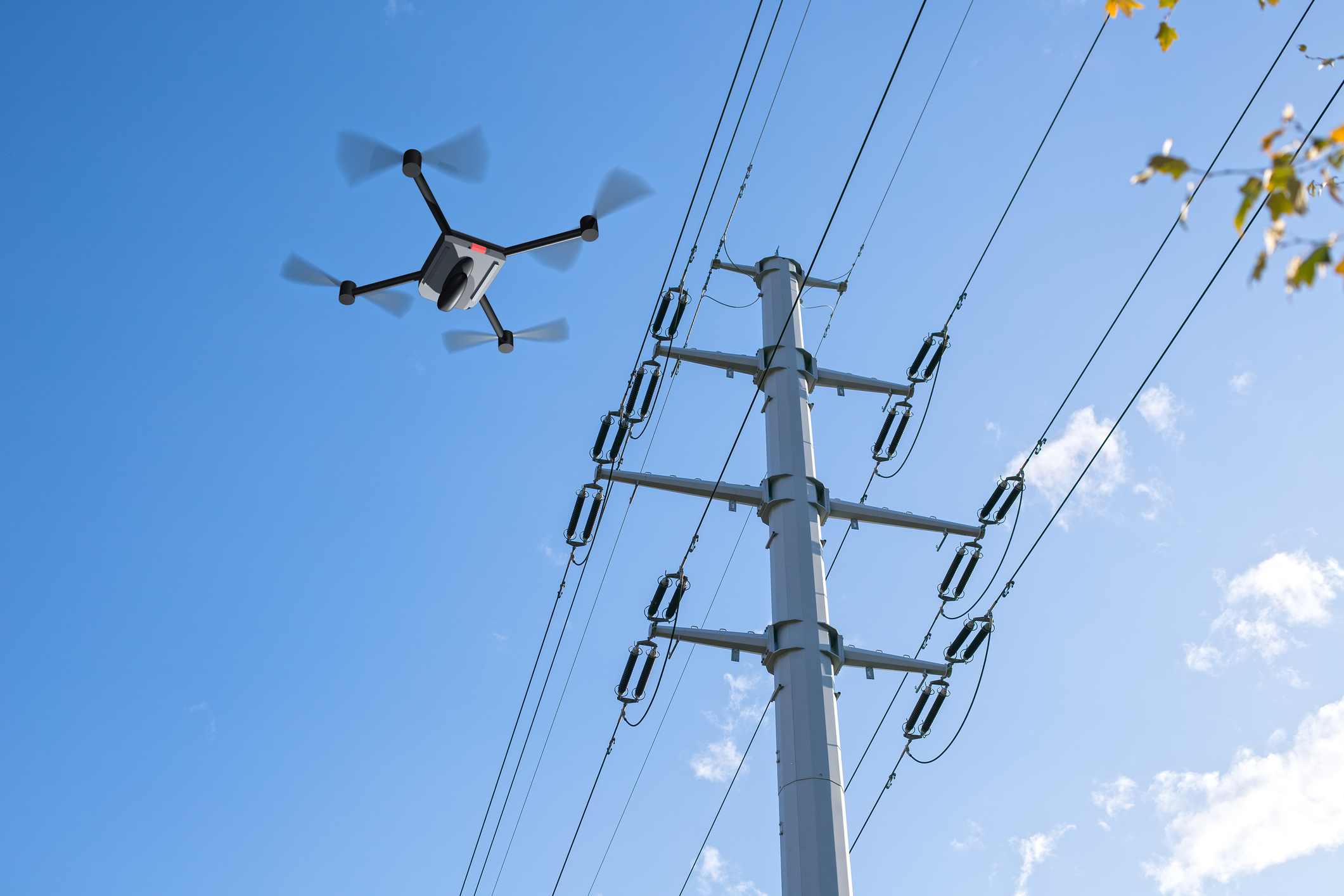Power Grid Management
Power grid management involves the efficient control, monitoring, and optimization of electrical grids to ensure a reliable and stable supply of electricity, addressing issues such as load balancing, fault detection, and grid resilience.
Benefits Of Power Grid Management
Efficient Inspections
Drones can quickly and efficiently inspect power lines, towers, and other components of the power grid. This reduces the time and resources required for manual inspections, especially in remote or hard-to-reach areas.
Cost Savings
Traditional methods of power grid inspection often involve significant manpower, equipment, and time. Drones can cover large areas in a short period, reducing operational costs associated with human labor, helicopters, or other specialized vehicles.
Regulatory Compliance
Drones can assist utilities in adhering to regulatory requirements by providing comprehensive and timely documentation of power grid inspections and maintenance activities.
Using Drones

Challenges
- Limited Flight Time:
Drones typically have limited battery life, which can constrain the time they spend inspecting power lines and other infrastructure. This limitation may require frequent recharging or swapping of batteries, impacting the overall efficiency of grid management. - Weather Conditions:
Adverse weather conditions, such as strong winds, rain, or snow, can affect drone operations. Drones may struggle to operate safely and effectively in challenging weather, limiting their ability to conduct inspections during certain periods. - Regulatory Compliance:
The use of drones in power grid management is subject to various regulations and restrictions. Compliance with these regulations, obtaining necessary permits, and adhering to airspace restrictions can be challenging and may vary across regions. - Data Security and Privacy:
Drones collect vast amounts of data during inspections, and ensuring the security and privacy of this information is crucial. Implementing robust cybersecurity measures to protect against data breaches and unauthorized access is a significant challenge. - Data Processing and Analysis:
The data collected by drones needs to be processed and analyzed to extract actionable insights. Handling large datasets, implementing effective data analytics, and integrating the results into existing grid management systems pose challenges, especially for utilities without advanced data processing capabilities. - Interference with Existing Infrastructure:
Drones may encounter obstacles such as trees, buildings, or other structures while inspecting power lines. The risk of collisions and interference with existing infrastructure is a concern that requires careful planning and navigation. - Autonomous Navigation and Collision Avoidance:
Developing and implementing reliable autonomous navigation systems for drones, along with robust collision avoidance mechanisms, is essential. Ensuring the safety of both the drone and the power grid infrastructure requires sophisticated technology.
How Works
- Aerial Inspections:
Drones are equipped with cameras, sensors, and sometimes LiDAR (Light Detection and Ranging) systems. These tools enable the drone to capture high-resolution images, thermal imagery, and 3D mapping data of power lines, substations, and other infrastructure components. - Data Collection:
During the flight, the drone collects data about the condition of power lines, insulators, towers, and other components. This data is crucial for identifying potential issues such as damaged equipment, corrosion, vegetation encroachment, or other anomalies. - Real-time Monitoring: Monitor the drone’s flight in real-time to ensure it follows the planned trajectory. Address any issues or adjust the flight path if necessary.
- Remote Sensing:
Drones equipped with various sensors, including thermal cameras, can detect abnormalities such as overheating components or hotspots in the power grid. This can help identify potential failures before they occur. - Automated Flights:
Some drone systems can follow pre-programmed flight paths using GPS technology. This allows for systematic and automated inspections of the entire power grid, reducing the need for manual intervention. - Real-Time Monitoring:
The data collected by drones can be transmitted in real-time to a central control center. This allows operators to monitor the power grid’s health and respond promptly to any issues detected during the drone’s flight. - Machine Learning and Analytics:
Machine learning algorithms and analytics software are often used to analyze the large datasets generated by drone inspections. These technologies can identify patterns, predict potential failures, and optimize maintenance schedules.
Explore More Content

Power grid management is a comprehensive and dynamic process that revolves around the effective control, monitoring, and optimization of electrical grids to guarantee a consistent and reliable supply of electricity. At its core, the management of power grids encompasses a myriad of functions aimed at maintaining the stability and efficiency of the entire electrical infrastructure.

One crucial aspect of power grid management is load balancing. This involves the careful adjustment of electricity generation and distribution to match the constantly fluctuating demand. Modern power grids face varying levels of demand throughout the day, influenced by factors such as industrial activity, residential consumption, and commercial operations.

The advent of smart grid systems has revolutionized power grid management. These systems leverage cutting-edge technologies such as sensors, communication networks, and real-time data analytics to optimize the efficiency and resilience of the grid. Smart grids enable improved monitoring of electricity flow, facilitate two-way communication between utilities and consumers.

Power grid management is a multifaceted discipline that ensures the smooth operation of electrical grids. By incorporating advanced technologies, including smart grid systems, power grid managers can effectively address challenges, enhance reliability, and pave the way for a more resilient and sustainable energy infrastructure.